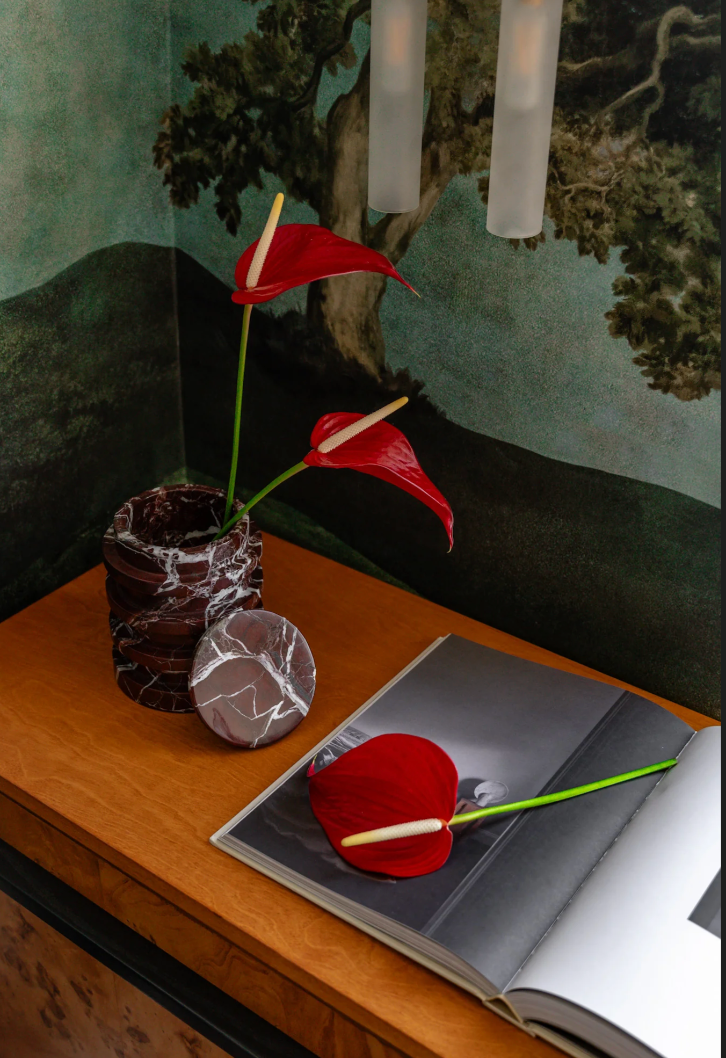HIP-HOP AT FIFTY THROUGH THE EYES OF JACE
- Vivian Phillips
- Jun 21, 2023
- 4 min read
Updated: Jun 22, 2023
There are many, many layers that lurk beneath Seattle’s hip-hop scene and when you peel deep enough you will find traces that lead to a local native whose roots run deep.
Jace ECAj is one half of Black Stax, formed to honor the legacy of Black arts and culture by ‘stacking’ all forms of Black music and art with fellow artist Felicia V. Loud. They are hip-hop performers with a long and storied history of Black pride and Black-centered education, which is evident in every part of their evolution and in all performances.
We’re shining a light on Jace, whose history is one formed out of his parent's love for their community and the sacrifices they made to be the change they wanted to see. Much like his parents, Jace has committed himself to using hip-hop as an educational platform to enlighten, support, and encourage young people through his role as Artist Engagement Coordinator for The Residency.
The son of one of the original Black Panthers from Richmond, California, Osondu (CJ) Farr, and educator Folashade (Corinne) Farr, these two were responsible for establishing The Garvey School in Seattle, in 1984. There, students were exposed to authors, historians, and storytellers who visited the school including John Henrik Clarke, Ivan Van Sertima, Rosa Parks, Gil Scott Heron, and others espousing the history and greatness of the African diaspora. While Jace had attended public school up to the 8th grade, just as he was preparing himself for the wonder of high school, his parents set him on a different path at The Garvey School that served to instill in him the duty of looking beyond the surface to understand self, to move with purpose, and to seek meaning in every action. These values have been evident in Jace’s history as a beloved OG of Seattle’s hip-hop movement.

Jace traces his first awareness of hip-hop to the Sugarhill Gang in the early 1980s. That music did not particularly move him he recalls, but Grandmaster Flash and the Fab 5 had a different impact and launched him into writing. “I wanted to know more about where this music came from,” he said. Once grounded in his understanding and mastering his writing skills, Jace, his brother, and a DJ found themselves performing nervously at a roller rink and wound up winning the rap competition.
Not one to be enamored with spotlights, the intellect and purpose instilled in him by his parents and their teaching is notable in his hip-hop history and his writing. Every word, every title, has meaning. His early group Di-Ra Boys was short for Devastating Interesting Rap Alliance. The Silent Lambs Project signaled the arrival of silent messengers slaughtering emcees on the mic. Jace and the Fourth Party was an ode to his father, mother, the Black Panther Party, and the people, taking 90 degrees of each to complete a full 360-degree rotation.

Black Stax is the latest and current iteration of Jace’s hip-hop rotation. When considering how to create a more holistic experience, Black Stax emerged as a way to connect the rawness of rap with an eclectic vocal sound. Enter the vocal depth of Felicia V. Loud and the clarion trumpet of Owour Arunga. Described by Crane City Music as, “a tapestry of sound and emotion,” their first album together was Talking Buildings, a metaphor for recognizing individualism as a foundation with the ability to connect across rooftops, on all floors, to the basement, and leading back to the ability to stand on their own.
Embracing his OG status, Jace reflects on the future of hip-hop by contemplating the past,
“For the last twenty years hip-hop has been dictated by corporate terms, appropriating styles and trends to build society. This needs to be a cross-generational conversation, making use of hip-hop’s overarching theme of knowledge, to make certain that the next 50 years is dictated on our terms.”
Jace often reflects on the way that hip-hop in its early stages was largely written off as something that would not last. Yet, he has been a large part of the staying power of this genre that celebrates 50 years, this year. This is personal for Jace ECAj. His genuine embrace of the art form and the young people whose attention has been captured by hip-hop is evidence of his dedication to continuing the legacy his parents left in his care. Jace noted that “great music and great culture can last forever and we need to be careful about allowing people to put a time stamp on it.”
For seven of the eight years that The Residency has been in existence, Jace has been with the program. When asked why this has become home for him, he simply replied, "To whom much is given, much is required. I have been surrounded by givers and it would be a shame if I didn't give back." Even though Jace never considered himself a teacher, he has found his inner educator as a drum major for young people, and in the process has learned that this work is an extension of everything he has always been.




Comments